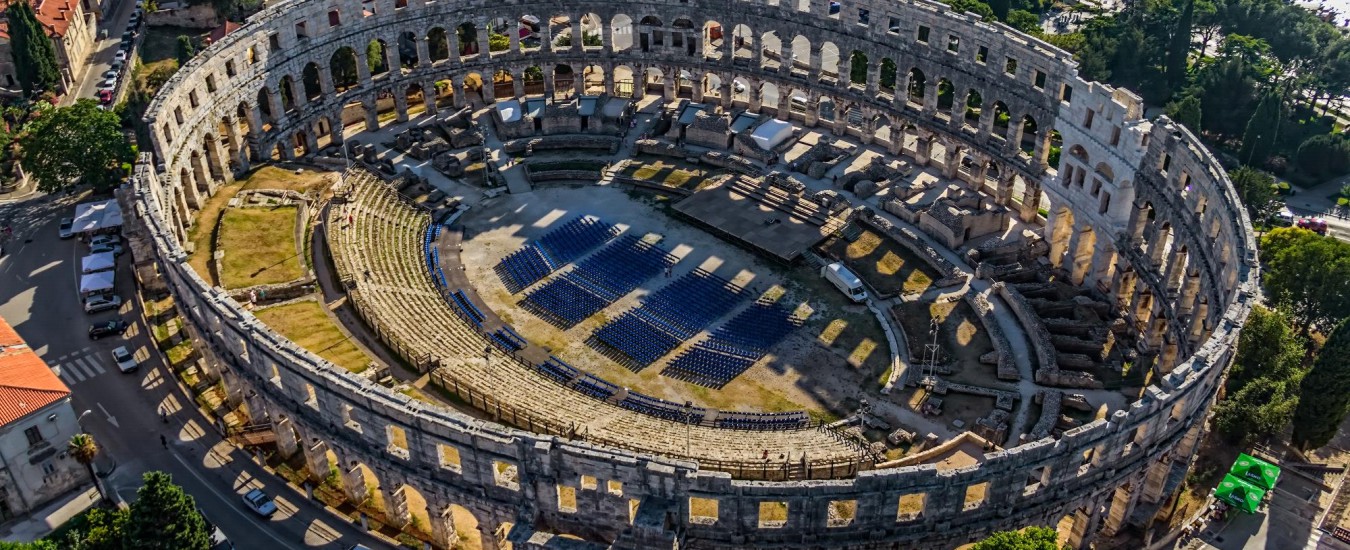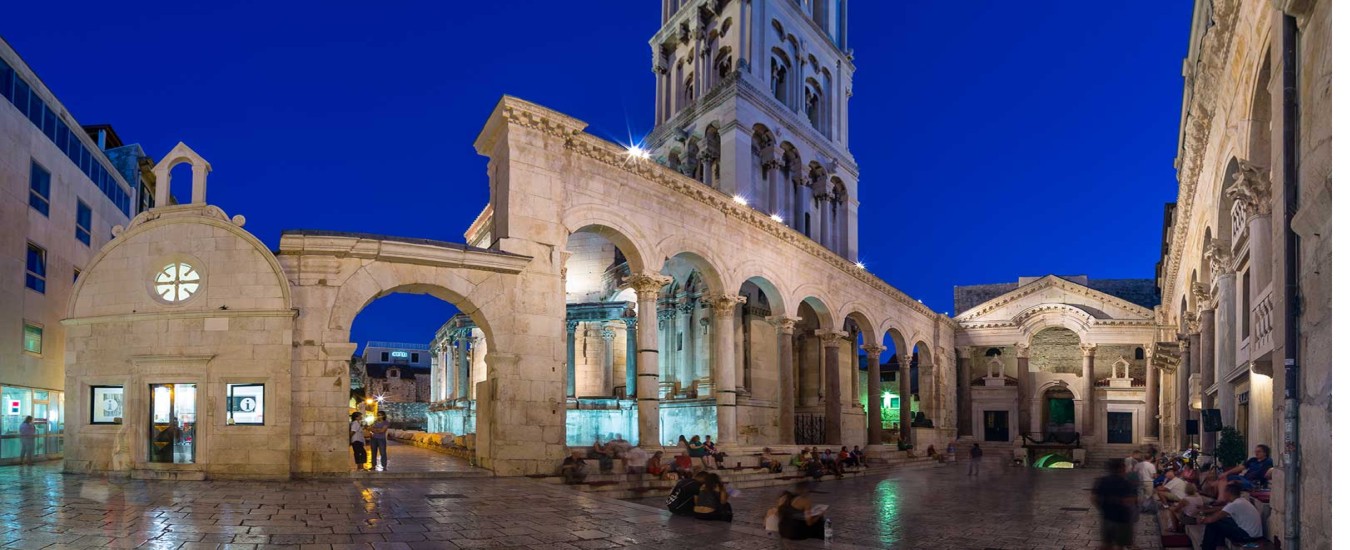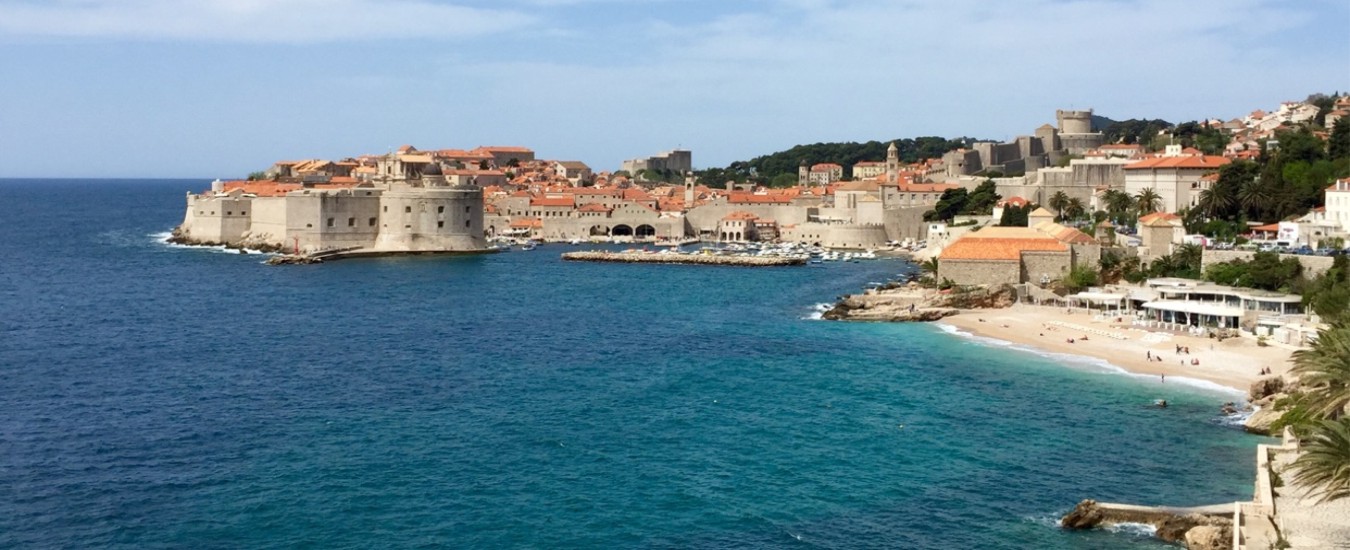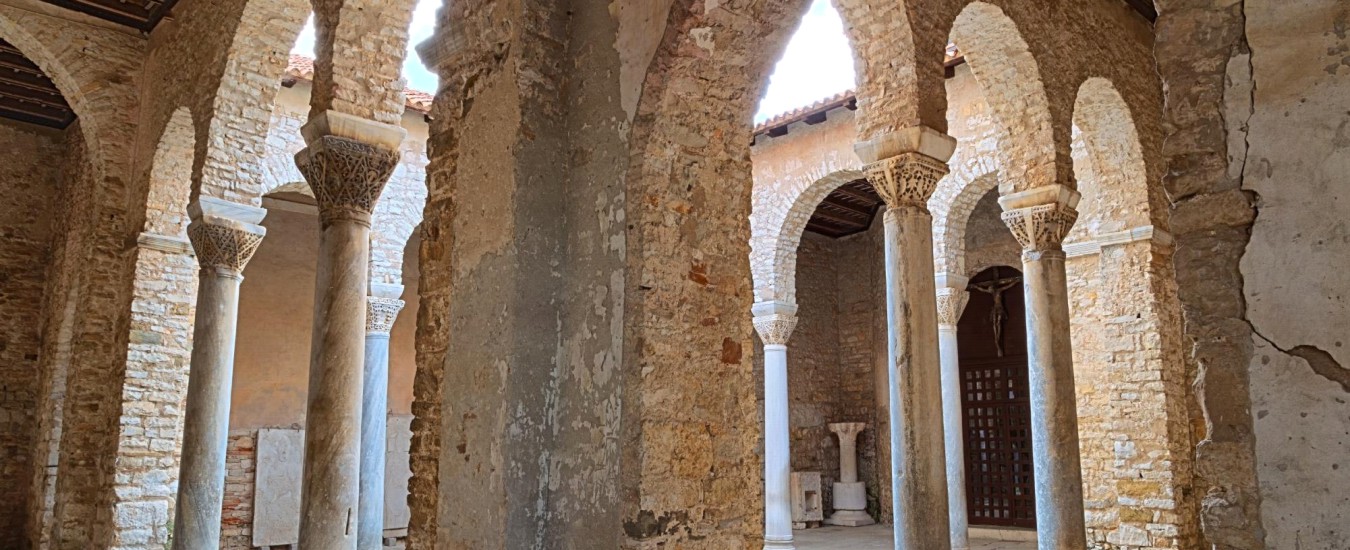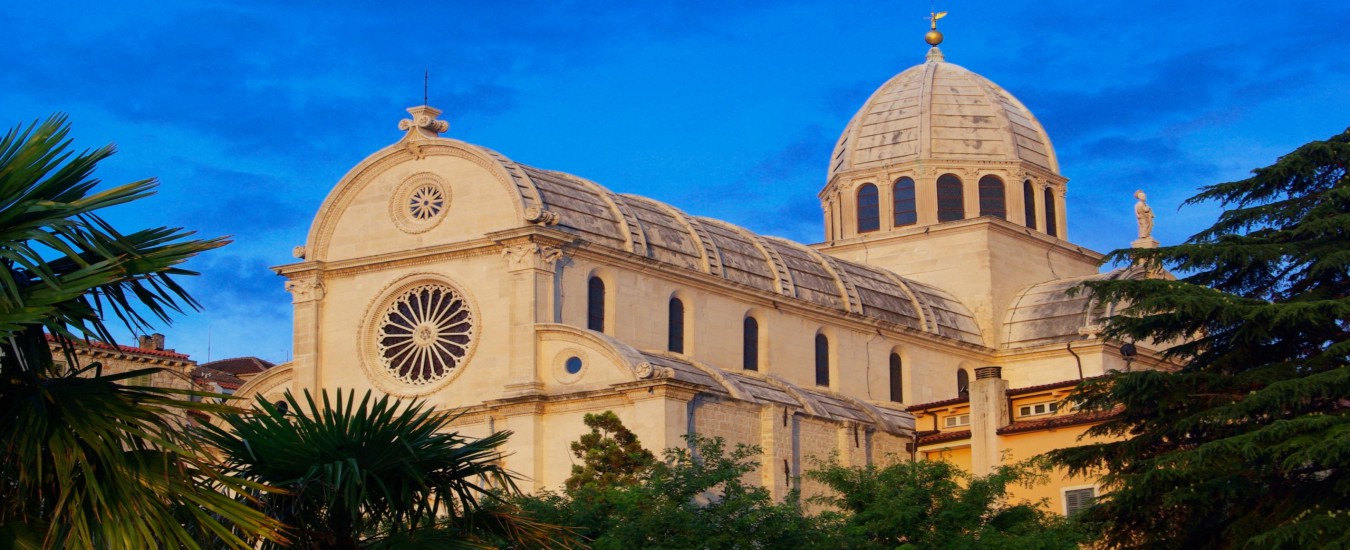In the late 8th century, Croatia first appeared as a duchy and later as a kingdom in the 10th century.12th century onwards, it remained a separate state with its ruler (ban) and parliament, but it obeyed the kings and emperors of several neighboring powers, mainly Hungary and Austria. The period from the 15th to the 17th centuries saw bitter conflicts with the Ottoman Empire. After being assimilated in Yugoslavia for most of the 20th century, Croatia got back its independence in 1991.
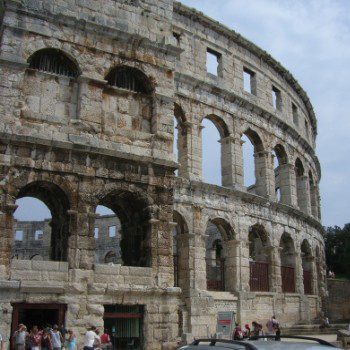
Pula Arena
Pula Arena, or the Pula Amphitheatre, is a dramatic historic Roman amphitheatre in Croatia. Pula Arena was built during the rule of the Emperor Vespasian, who was also responsible for founding the Colosseum. Able to accommodate an audience of 20,000, Pula Arena must have hosted battles of the gladiators under the Romans and the tournaments of knights in the middle ages. It is now restored with a capacity of 5,000 people, Pula Arena’s now hosts shows that are far more docile in nature and are mostly operas and film festivals.
Plan my Croatia Vacation Now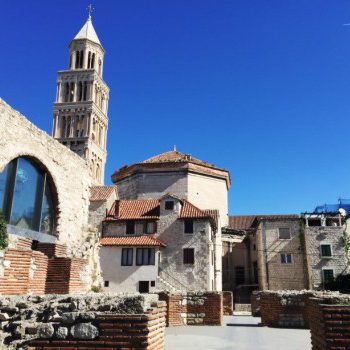
Diocletian’s Palace
Originally the home of the ancient Roman Emperor, it evolved over the years to become an entire town, known as Split. When it was ready, Diocletian’s Palace was lavish, and had several apartments, three temples and a ceremonial court called Peristil. It also housed an octagonal structure known as the Diocletian’s mausoleum, where the emperor was later buried. After this began the slow development of Diocletian’s Palace into a medieval town known as Spalato – now Split. Shops and homes were built and a city grew as a process of organic urbanization. Diocletian’s mausoleum no longer exist and it became St. Duje Cathedral in the 7th century. The location of Diocletian’s remains is unknown.
Today, one cannot tell where Diocletian’s Palace ends and the city begins. The two are closely entwined. The most impressive original ruins include the fortification gates, particularly the Silver Gate, the Temple of Jupiter, the Peristil and the underground passageways. It caters well for tourism with several walking tours of the historical sites. Diocletian’s Palace and Split has been a UNESCO World Heritage site since 1979 and the city is a popular tourist destination.
Plan my Croatia Vacation Now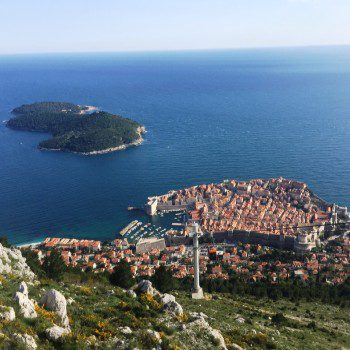
Dubrovnik City Walls
The Dubrovnik city walls are iconic site and some of the best preserved medieval fortifications in the world. Completely surrounding the city by the 13th century, the Dubrovnik City Walls were strengthened and improved upon right up to the 16th century. Additions were made in the 15th century in order to defend against invasion by the Turks. The walls themselves are generally 6 metres thick and 24 metres in height.
An impressive 2 km in length, the Dubrovnik City Walls are lined with imposing forts and gates. The most impressive of these is the 1537 Pile Gate, which is a robust gothic construction and which is usually the starting point of a walk around the Dubrovnik City Walls. Today, walking along the Dubrovnik City Walls is a must do of one’s visit and gives a good insight into the city’s history. Dubrovnik is listed as a UNESCO World Heritage site.
Plan my Croatia Vacation Now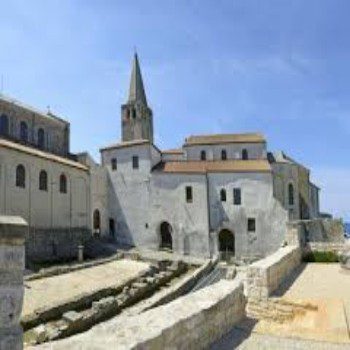
Euphrasian Basilica
Located in Porec, this amazing Basilica is a UNESCO World Heritage Site and one of Croatia’s top sights. Bishop Euphrasius built the Basilica between 543 and 554. It has beautiful sculpture, nine naves and marble columns imported from Constantinople. Yet, most visitors are awestruck by the glittering Byzantine mosaics in the apse. Christ on his throne presides over his twelve apostles at the very top and Mary is seated on a celestial globe surrounded by angels below. Bishop Euphrasius with a model of the Basilica in his hand is on the left. There is a spectacular representation of the Annunciation with a beatific Mary to the left of the windows.
Now a small museum next door, the Bishop’s Palace contains other mosaics and ancient stone fragments. The fish mosaic is thought to date from the 4th century. Part of the structure also includes remnants of the 4th century Basilica upon which this “newer” version was constructed. The rectangular floor plan, some walls and columns and an early mosaic partly remain.
At the Euphrasian basilica , you start with a visit to the Bishop’s Palace and museum and then progress to a climb to the bell tower and end with the mosaics. The climb up the bell tower offers a nice view of Porec, although the narrow wooden stairs can reach gridlock during the tourist season.
Plan my Croatia Vacation Now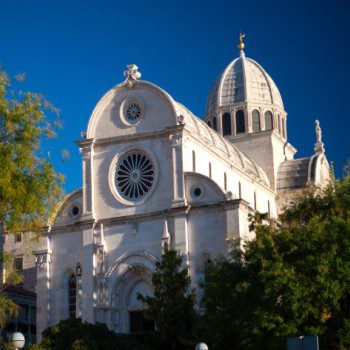
St. James Cathedral
The most significant architectural achievement in the 15th and 16th century on Croatian soil is the Cathedral of St. James in Sibenik. Because of its special value, this Gothic-Renaissance monument is on UNESCO’s World Heritage list since 2000.
The diocese was founded in Sibenik in 1298. The existing St. James Church was small and not suitable for the cathedral. So a decision was taken that the bishop and the city would provide resources for the building of a new cathedral in 1402. The actual work began only in 1431. The cathedral was built over 100 years, till 1535. Using unique construction techniques, three architects, namely Francesco di Giacomo, Georgius Mathei Dalmaticus and Niccolo di Giovanni Fiorentino, in succession, developed a structure built entirely from stone. There are beautiful elements of Gothic and Renaissance art inside the cathedral. The Cathedral of St. James in Sibenik is an evidence of the transition and fusion of the Gothic period to the Renaissance period in the church architecture.
Plan my Croatia Vacation Now
